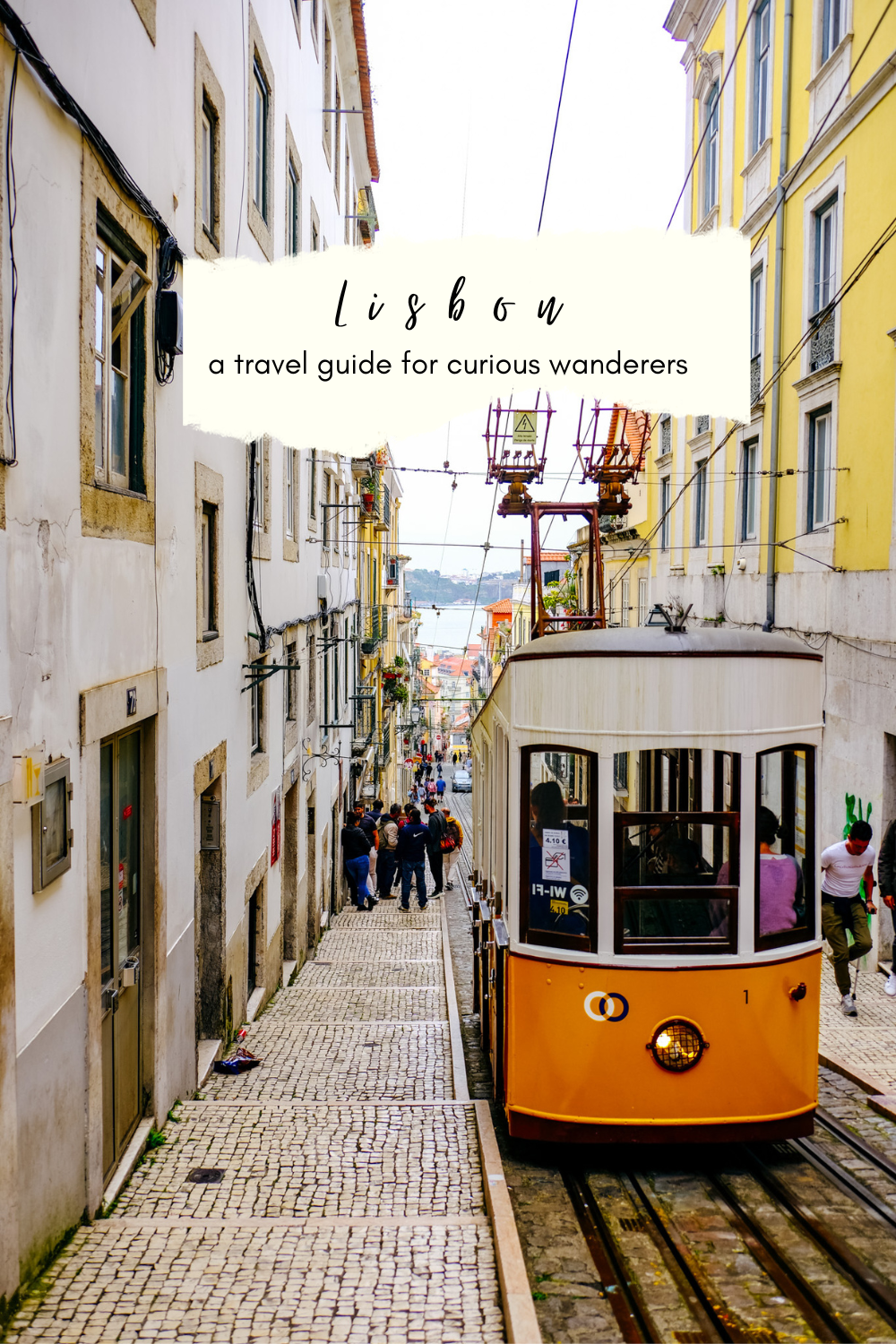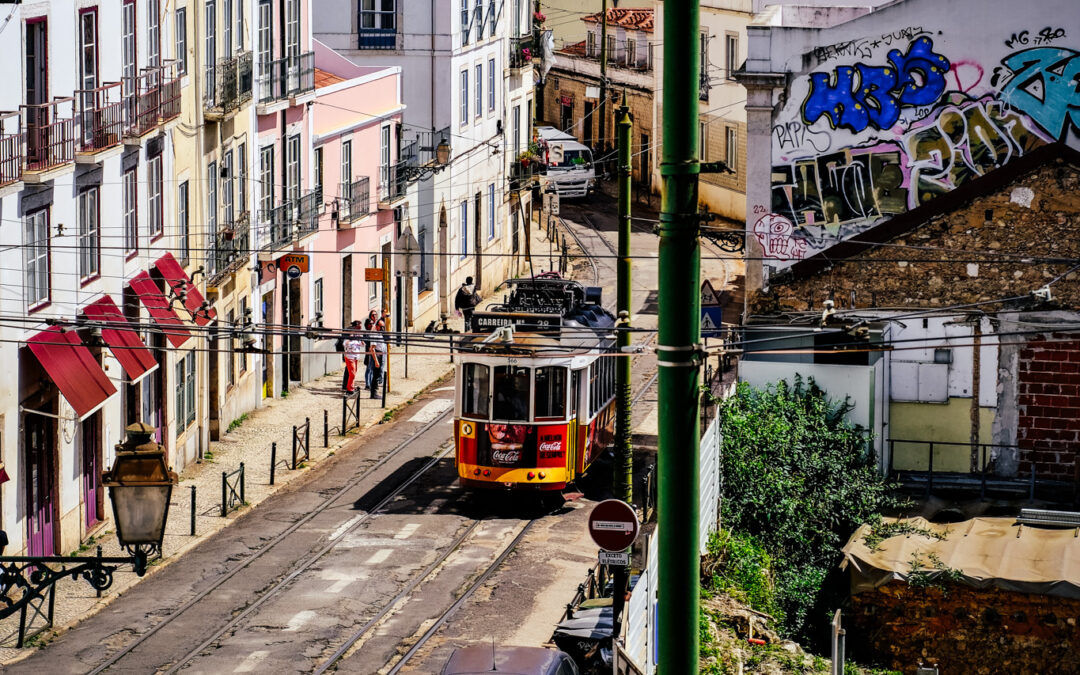Portugal is magical. From its dramatic light to its somber Fado songs to its authentic friendliness, there is so much to love. Whether you travel fast or slow (and we recommend slow), it’s only after you’ve departed Portugal that you realize the richness you’ve imbibed.
Lisbon is the usual Portugal jumping off point and is well worth a couple of days to appreciate it beyond the tourist rush. Portugal’s beauty is in its details, and it takes time to notice them. Each neighborhood has distinctive character and majestic views all its own. Take it slow and you’ll discover flavors and sounds that are unlike any other place in Europe.
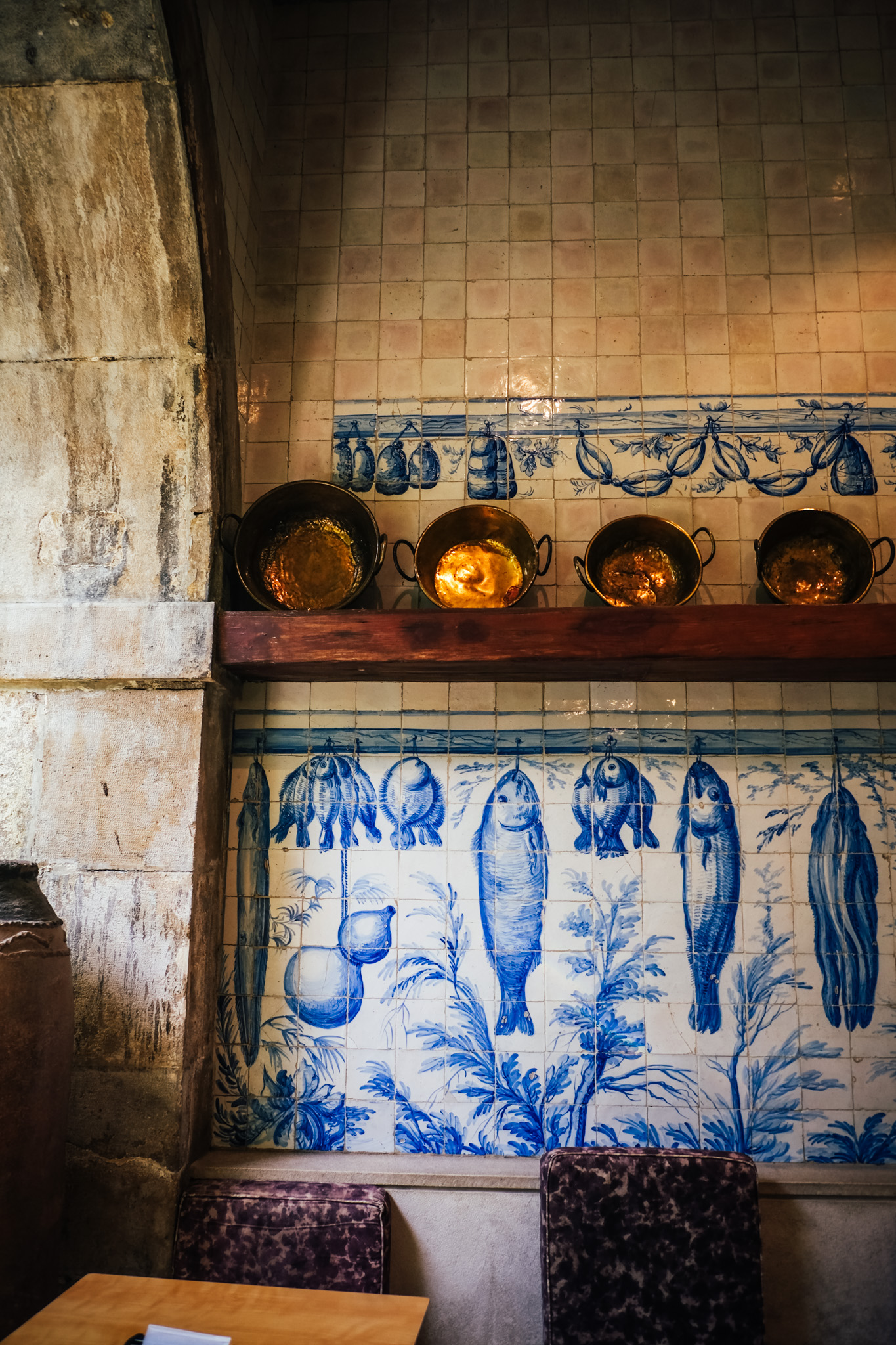
Table of Contents
What to do in Lisbon
There are lots of Lisbon guides and lists out there that will cover all the top tourist highlights. We went to most of them, but we also wandered up and down hills, ducked into neighborhood shops, and tried some of the best local cuisine.
I loved capturing Lisbon in micro and macro— the texture of its famous tiled facades, the vast views offered by its many miradouros. At once out of breath and breath-taken, you’ll find the best of Lisbon following your curiosity.
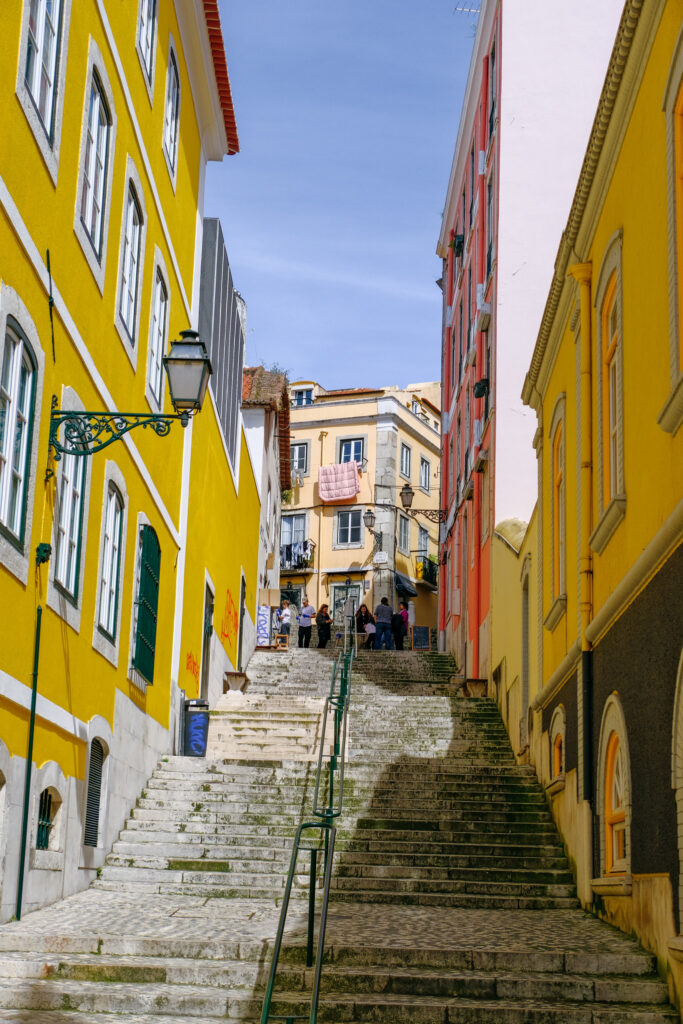
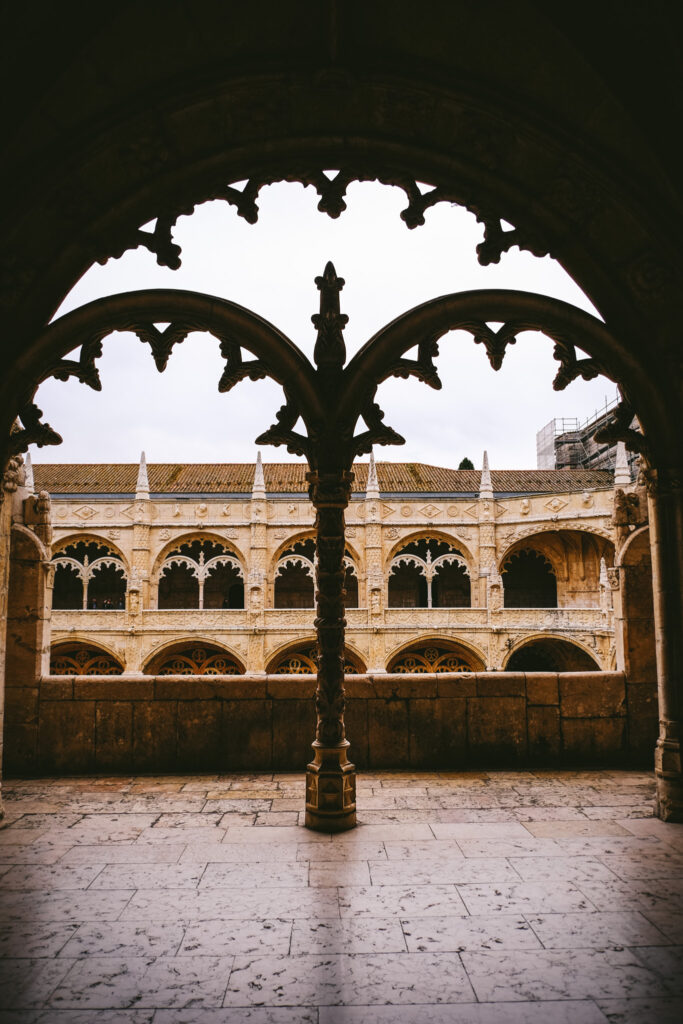

Discover architectural beauty and accompanying views
There are several highlights you should definitely visit, including the Jeronimos Monastery and the Igreja da Graca. The unique architectural style of the Monastery is known as Manueline, incorporating design styles and traditions of the cultures Portugal encountered through exploration, trade, and colonization.
The Igreja da Graca is especially fun because it offers beautiful views from its rooftop, above where many people venture (you do have to pay an entrance fee but it’s worth it). It also has a beautifully tiled interior. In addition, Lisbon has so many miradouros or viewpoints, and many of them are a delight to stumble upon on your own.
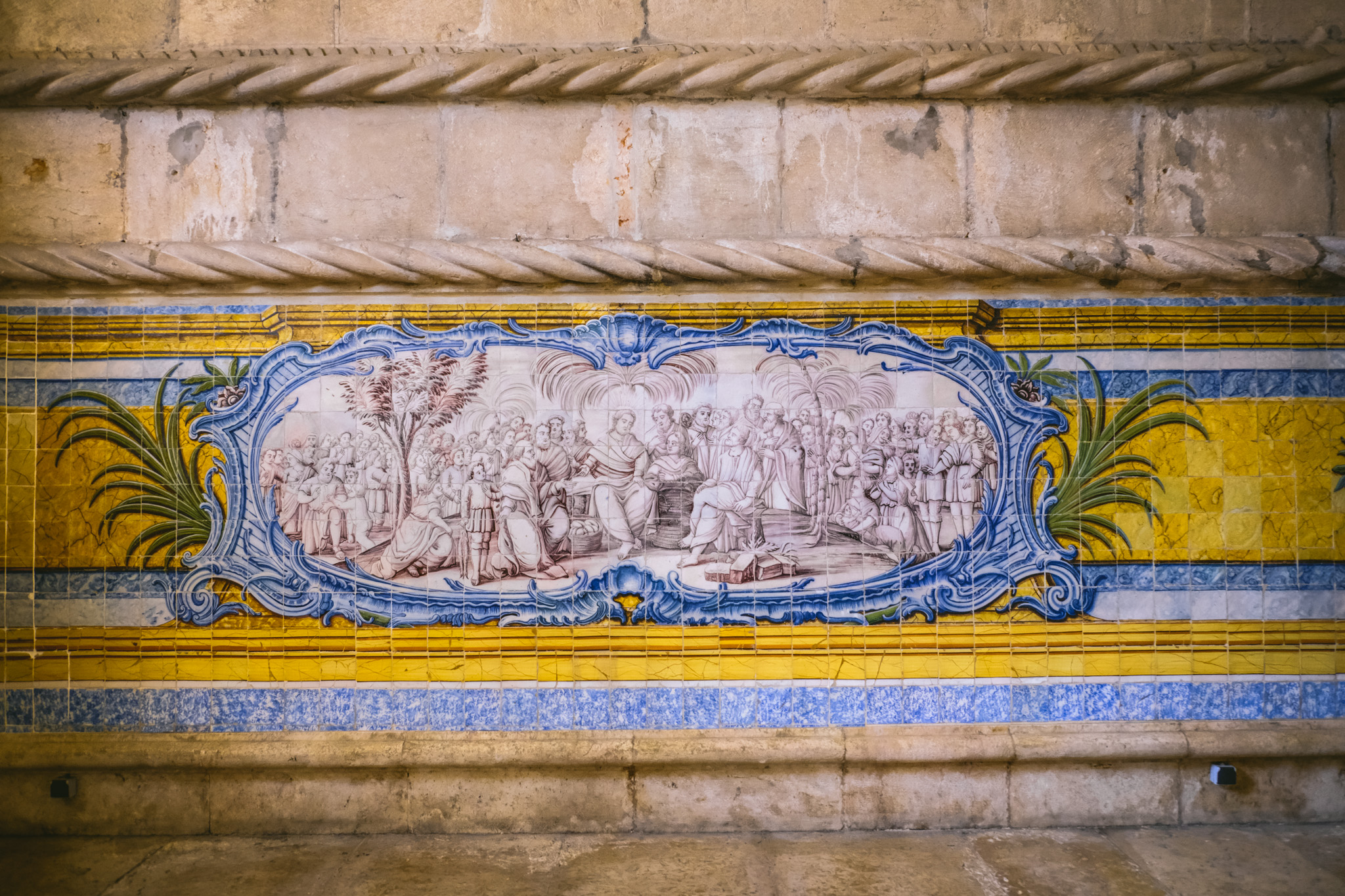
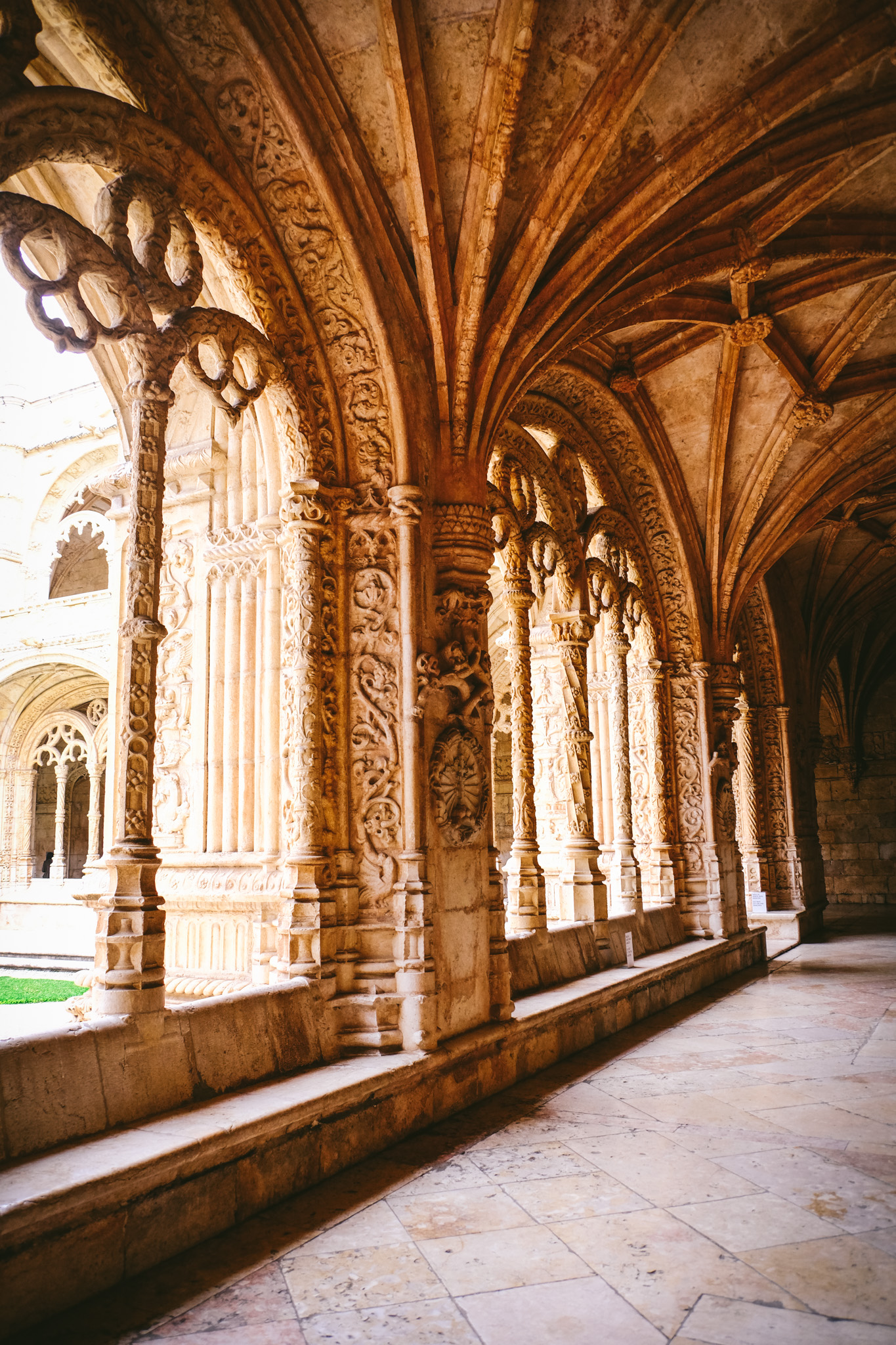
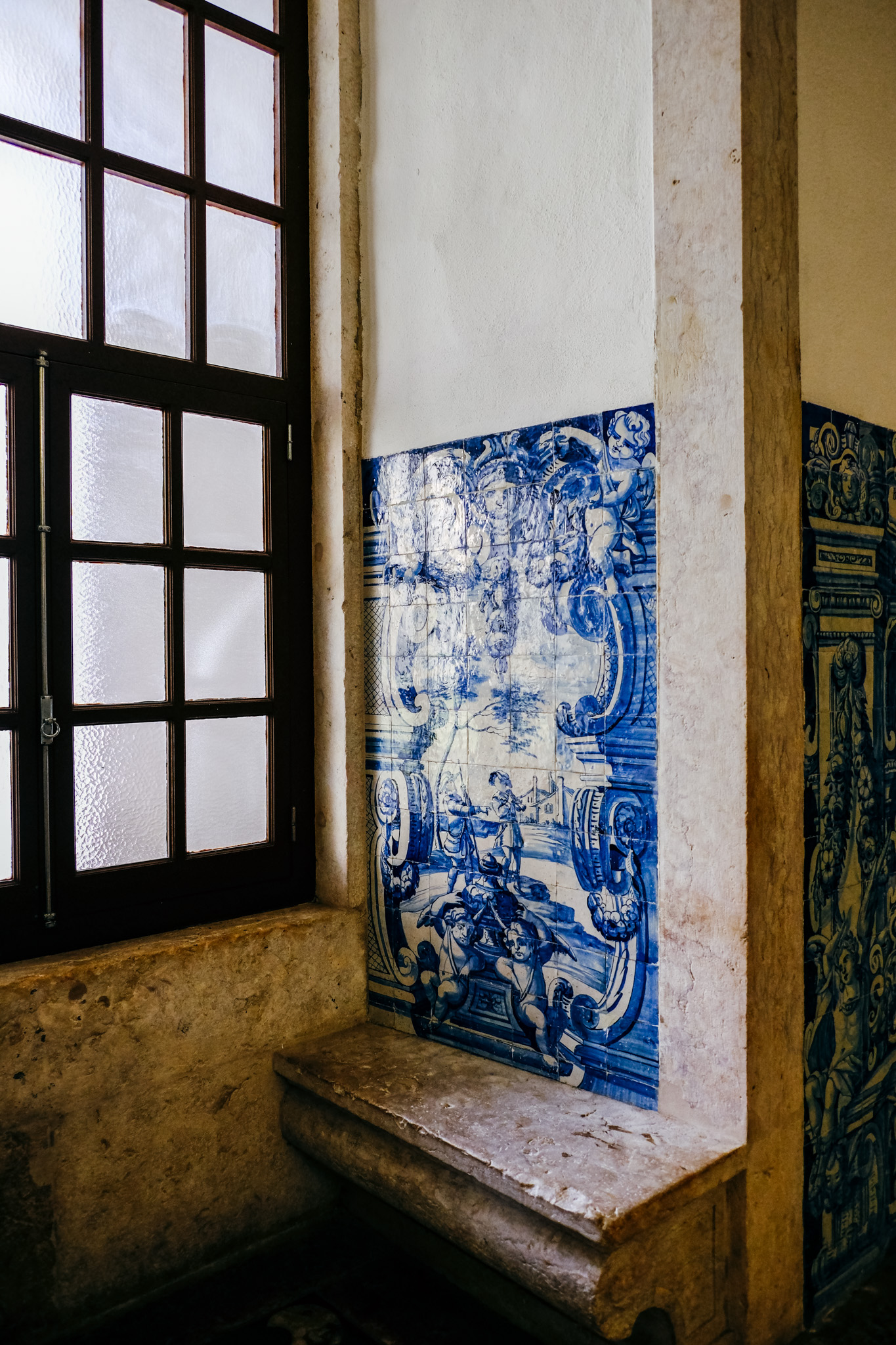
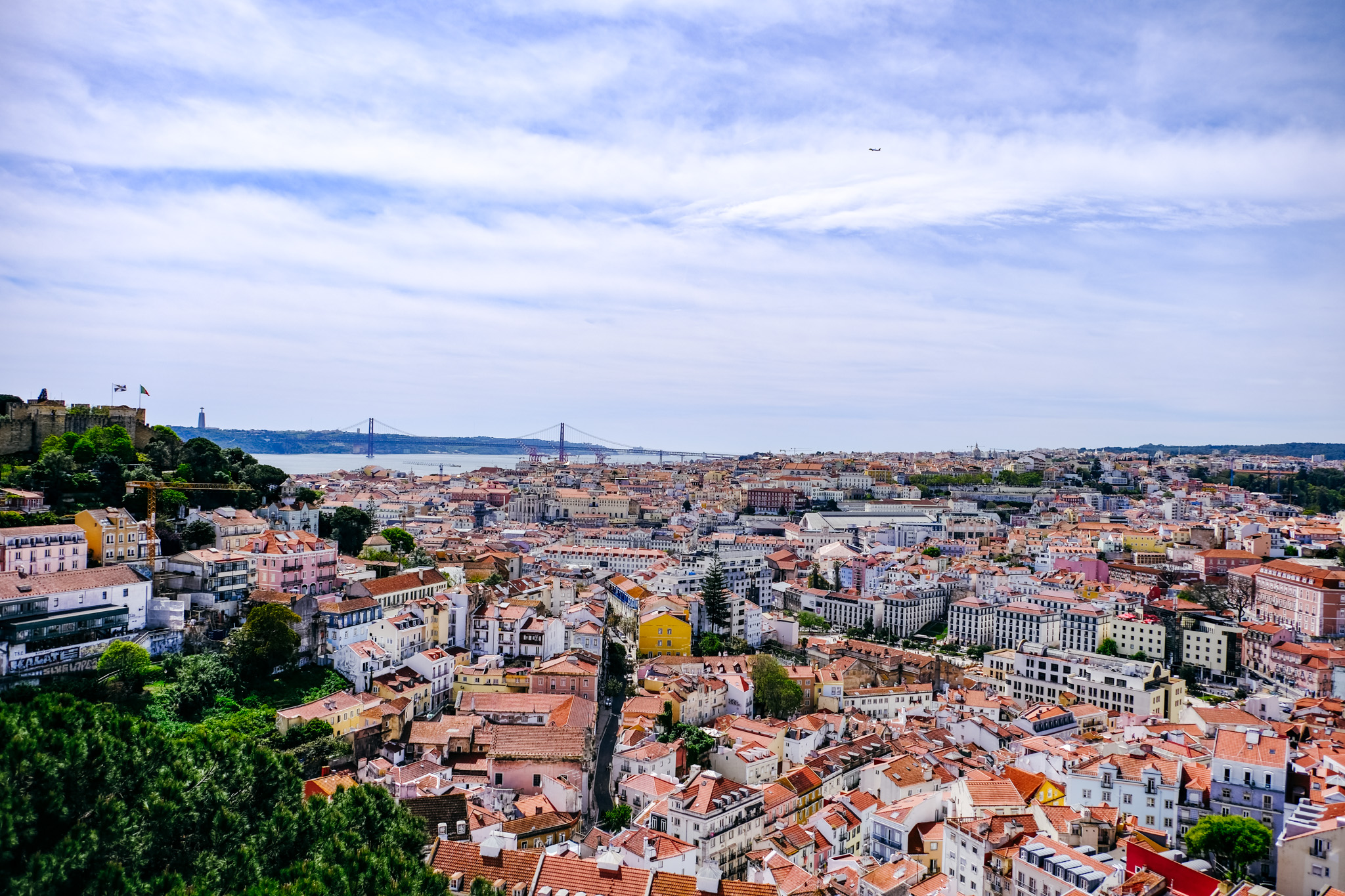
Enjoy traditional flavors and new innovative restaurants
Typical local delights include sardines on toast, stewed beef and pork, pasteis de nata (egg custard tarts), bacalhau, and a variety of fresh seafood dishes. Personally, I could eat sardines on toast daily— the highlight is definitely the garlicky olive oil smeared on grilled sourdough, accompanied with gently roasted red peppers.
A great place to try some of these is the Time Out Market, albeit a bit touristy— but we’d recommend stopping in mid-morning and getting on your way, as it seems to get crowded after 11AM. A popular place for pasteis de nata is right near Jerominos Monastery — Pastéis de Belém. In both cases, you’ll run into lots of visitors, so go early and head out. There’s plenty of other great dining in Lisbon.
If you’re into food and don’t mind paying a bit more, there are several restaurants you should definitely try. The inventive Black Trumpet restaurant serves up delightful plant-forward dishes (they do serve meat and seafood as well) in an elegant and playful setting. Then there’s Essencial, a down-to-earth multi-course menu with beautiful preparations of traditional Portuguese ingredients with a modern approach.
And finally we loved SUBA Restaurante (pictured below), an elegant if slightly serious spot for “moments” of Lisbon captured in really fine preparation. If you’re looking for a splurge, you can always check out the Michelin Guide to Portugal. These restaurants are not “starred” but are notable and you’re likely to have a delightful experience.
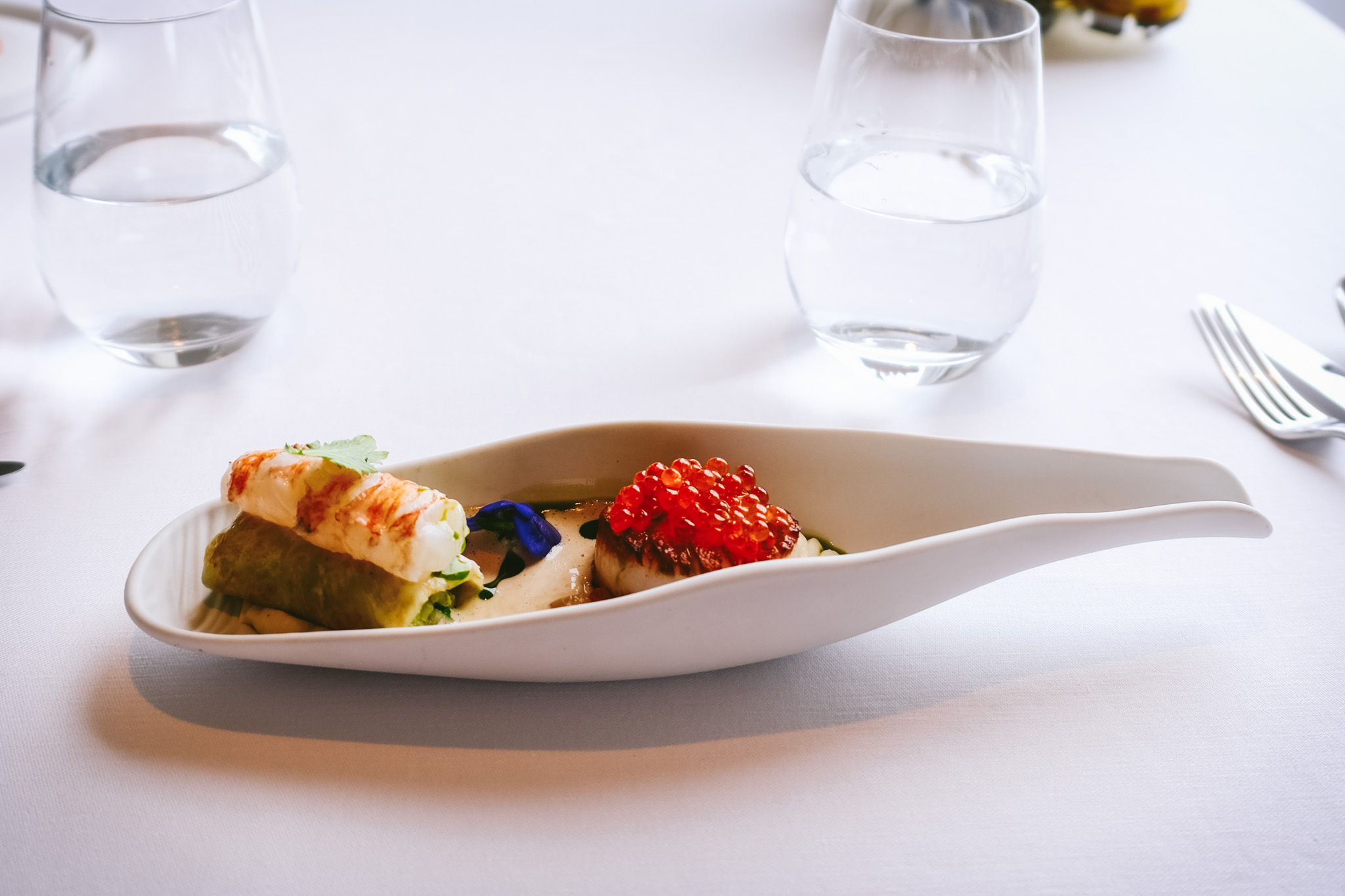
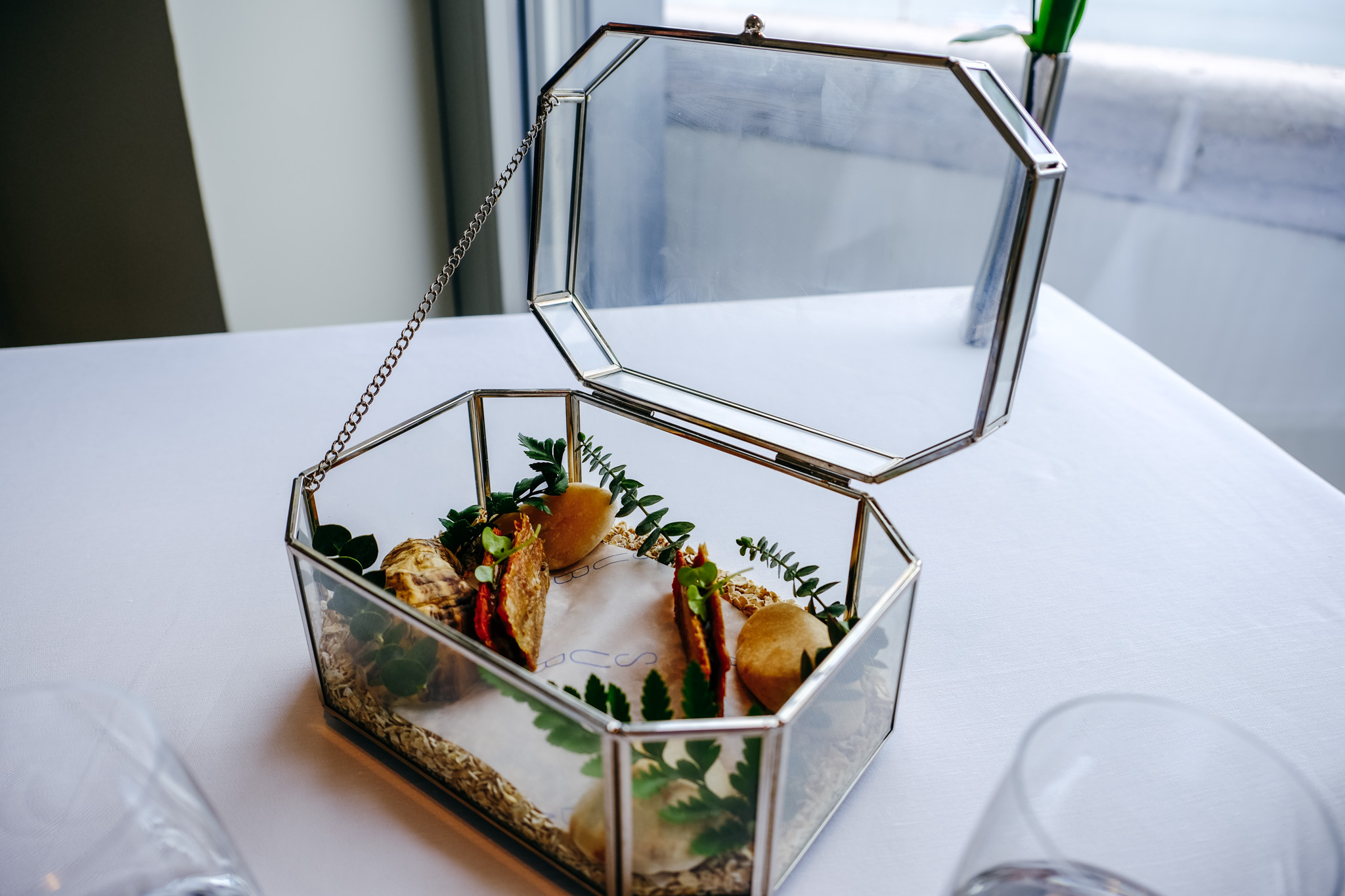

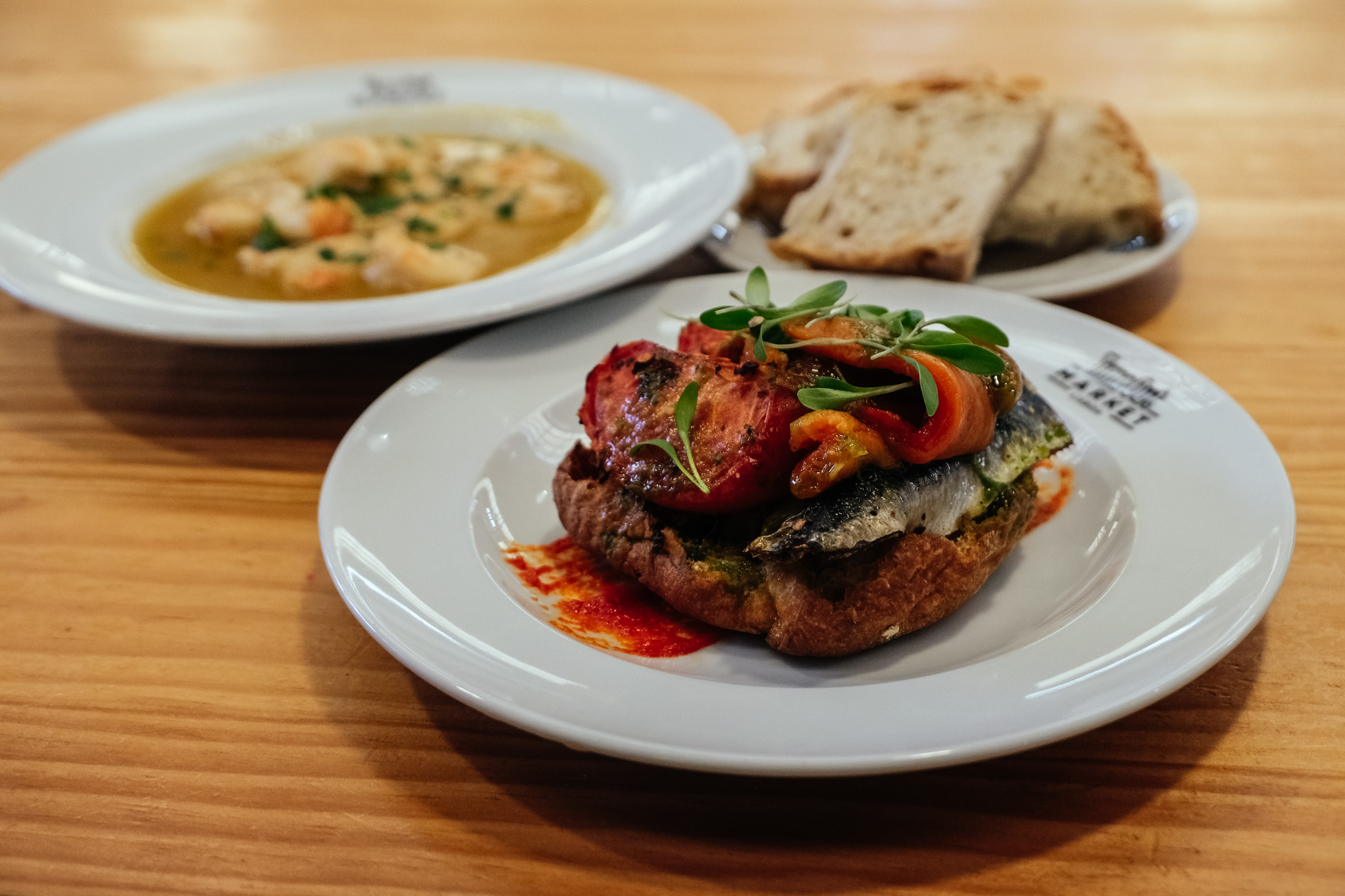
Go hunting for tiles
If you like the azulejos that adorn Portuguese buildings (and who doesn’t?!), you have to visit the Museu Nacional do Azulejo. It’s only minutes away by car from where most tourists tend to stay in Lisbon. The museum itself has a chapel within, along with many tiled walls to enjoy. Most of the tiles are traditional but there are also some fun modern interpretations on display.
To see azulejos “in the wild,” you can walk from the area near the Museu Nacional de Arte Antiga (worth a quick swing-through in our opinion) along the R. Pres Arriaga (road) and up the hill for dazzling tiles on display. Here we found lots of wonderful examples, including adorable stores and coffee shops with tiled exteriors that are worth peeking into.
It’s also worth venturing further afield in Lisbon, and we enjoyed our visit at the beautifully and somewhat crumbling Palace Fronteira for the gardens and tiled fountain. It is a private home so you can pay extra for a guided tour of the interior (no photos). Unfortunately while we were there, they had drained all the water from the fountain, so if you’re worried about that, I recommend calling ahead.

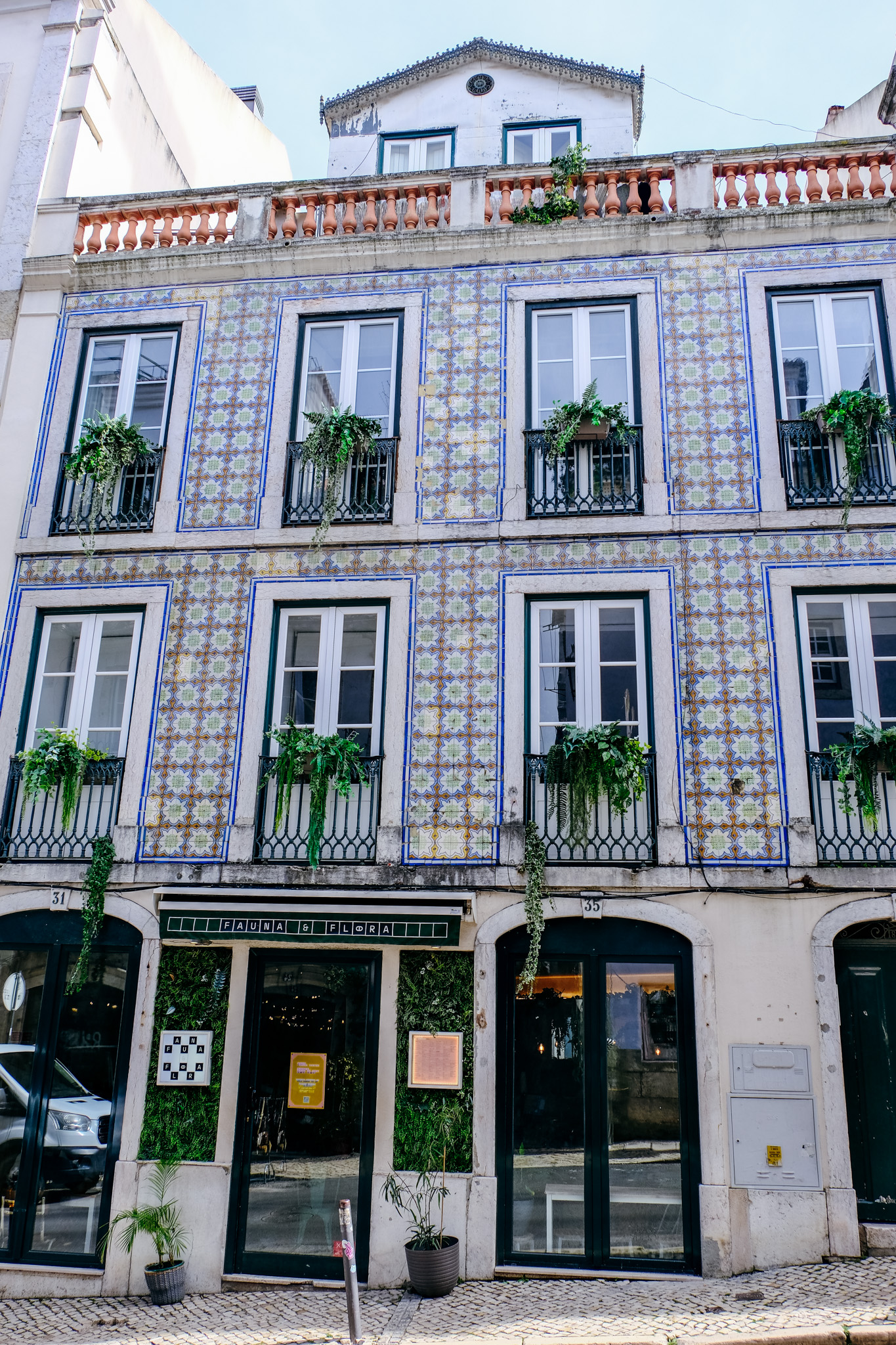
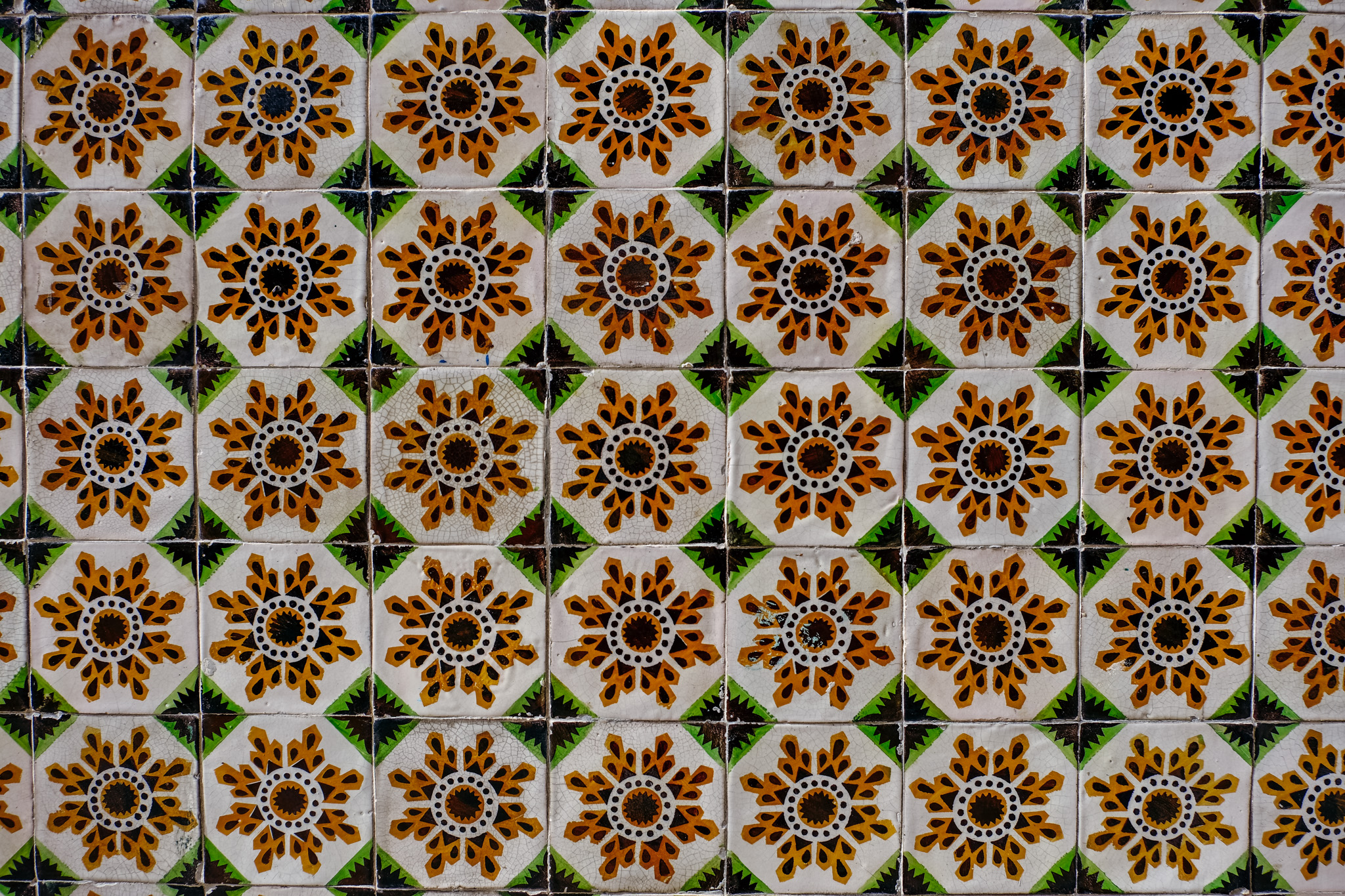
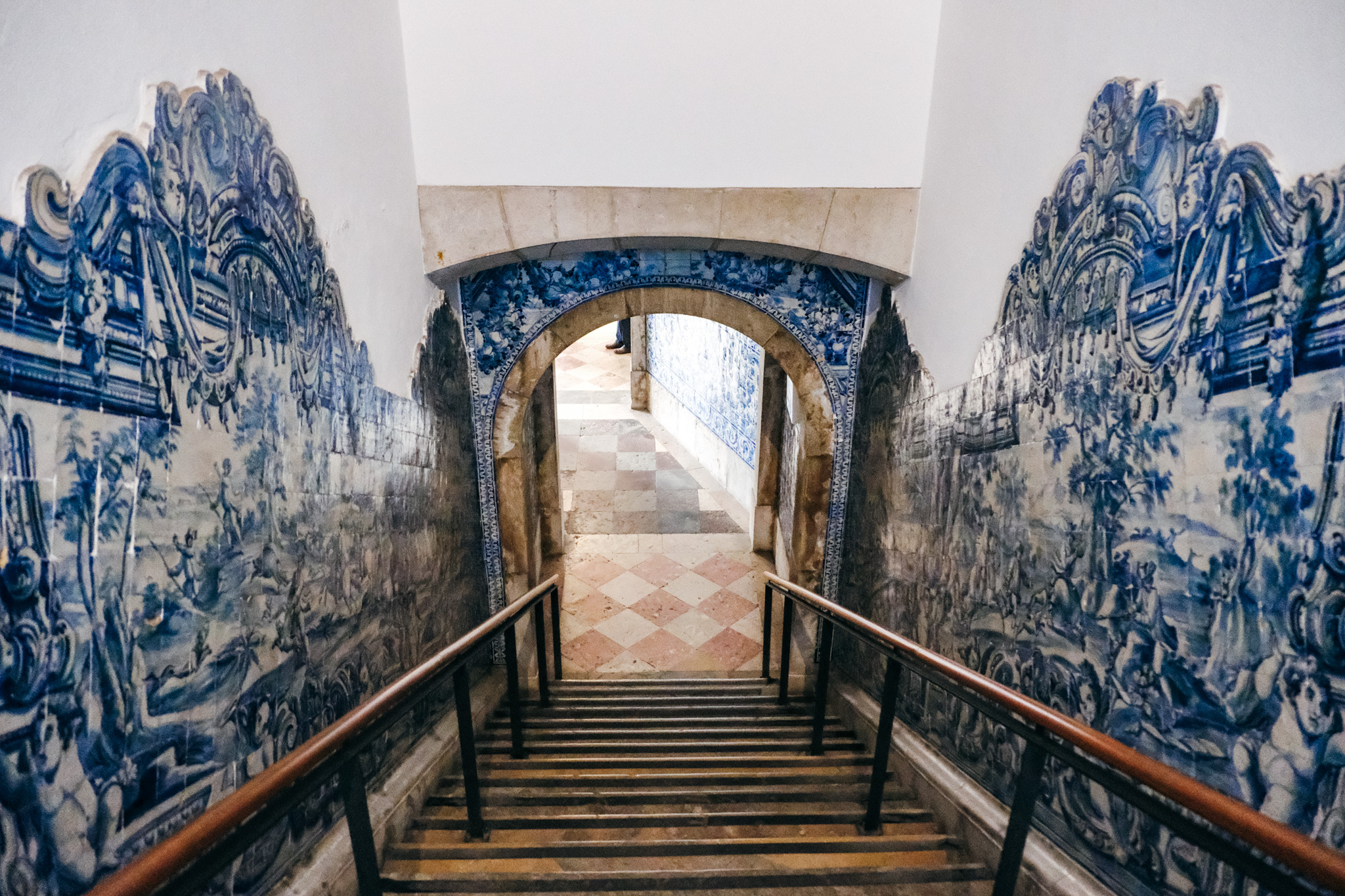
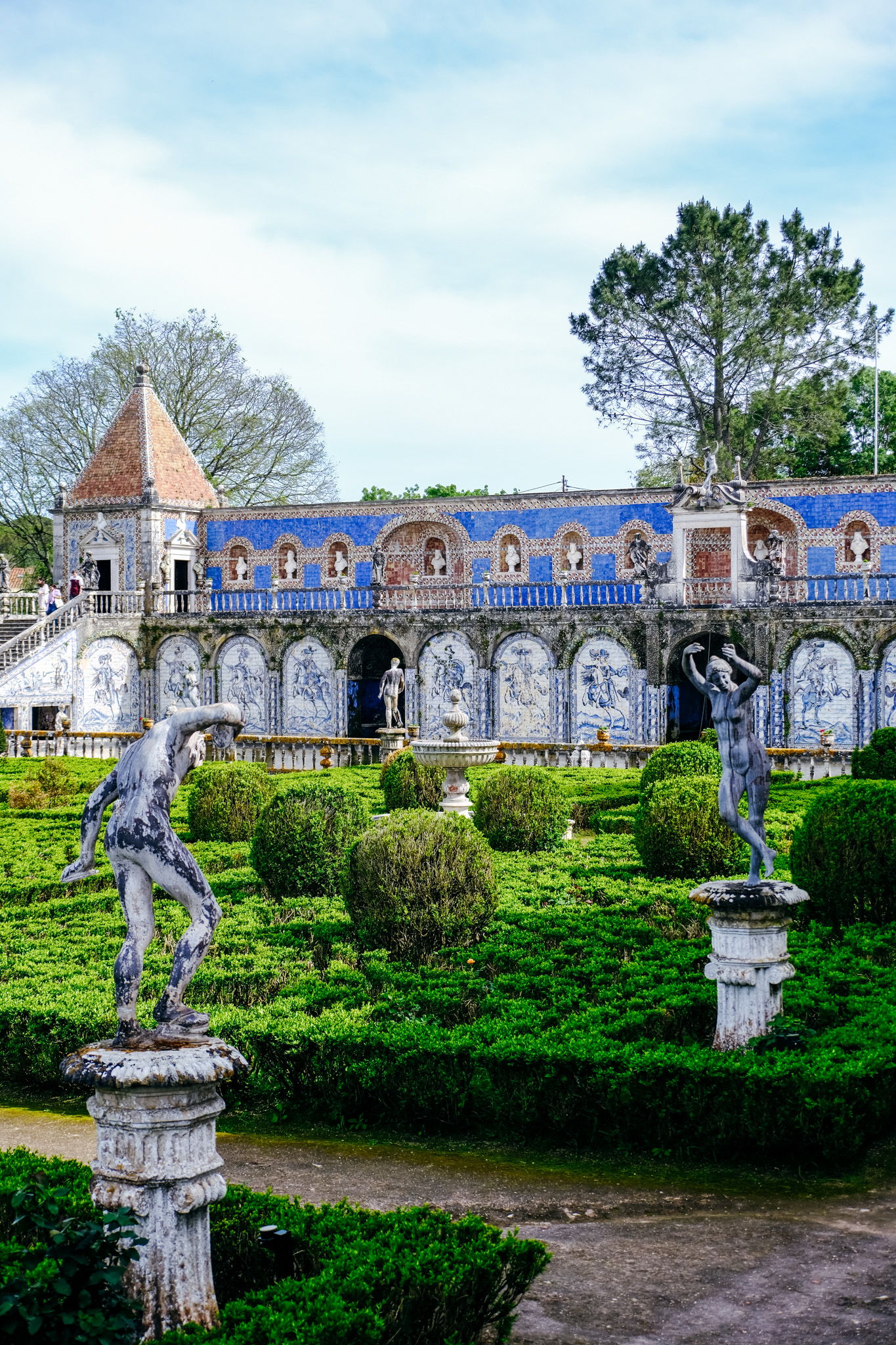
Try regional, small-batch Portuguese wine
Well, duh. We loved driving to the Douro Valley (more on that later) and already want to go back. I’m no wine enthusiast but really appreciate complexity of good wine, and that’s what you’ll get if you seek out thoughtful wine bars (or just restaurants with a good wine list). Ask for a taste of several and have them explain to you where it’s from and how it’s made.
Unlike in other wine regions, many Portuguese wines are blends. In our experience, there really is a difference in the higher-quality wines so I recommend trying as high-quality wine as you can. You’ll learn a lot about local winemaking culture and appreciation– many by small-to-medium growers whose beautiful product never make it out of Portugal.
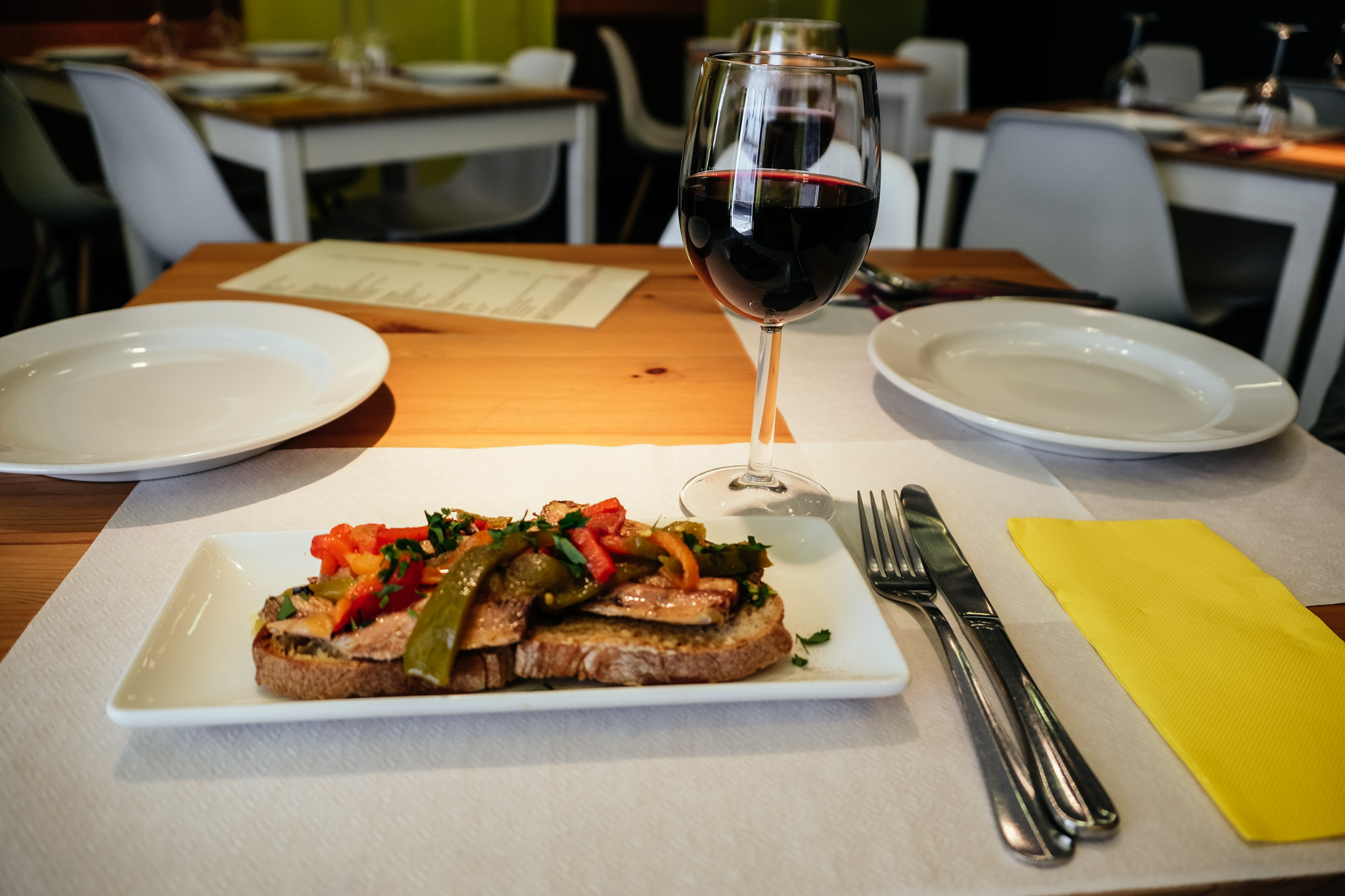
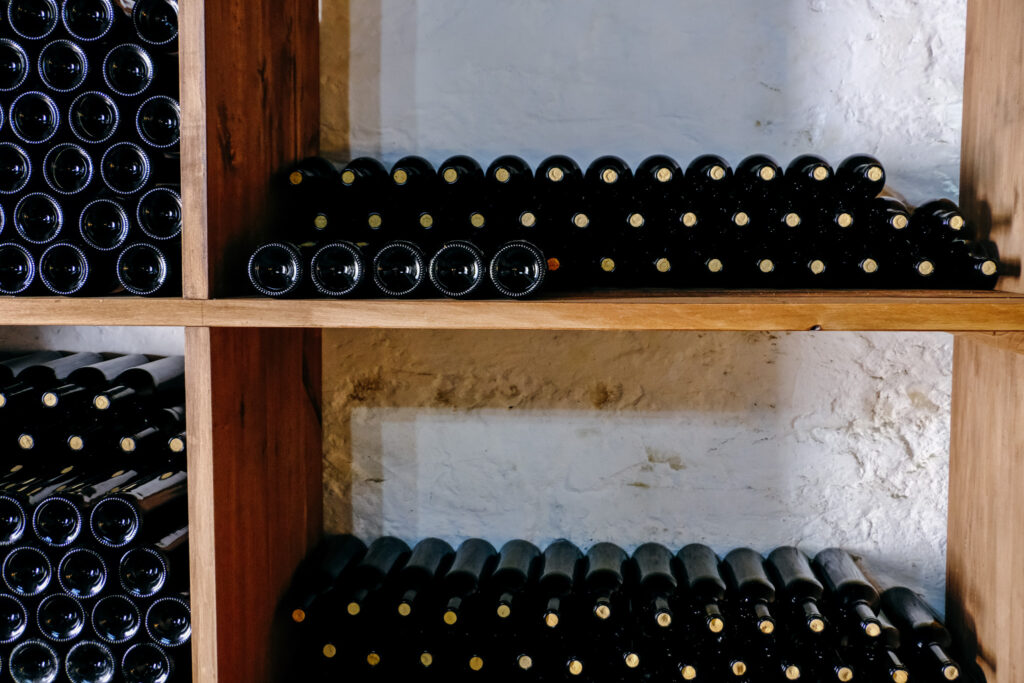
Listen to live Fado
In case you’re wondering, it’s worth it. One of my good friends told us about a Fado house that she and her husband returned to multiple times, so I knew the live experience was a must. We went to Canto da Atalaia- Fado and thought the food and performance were a lovely combination. I love moody, sentimental music anyway, and the performance was absolutely cozy and breathtaking at the same time. I’m determined to purchase a few albums to enjoy.
One thing to note. The best Fado houses serve dinner, where the food is presented between bursts of song. So you’ll need to reserve a slot ahead of time and plan on being there for at least 2 hours. Don’t show up hungry (or hangry) as it can take some time for the food to be prepared. Also be aware that you will likely be sitting on a stool for said two hours; it’s a casual affair sans backrest!
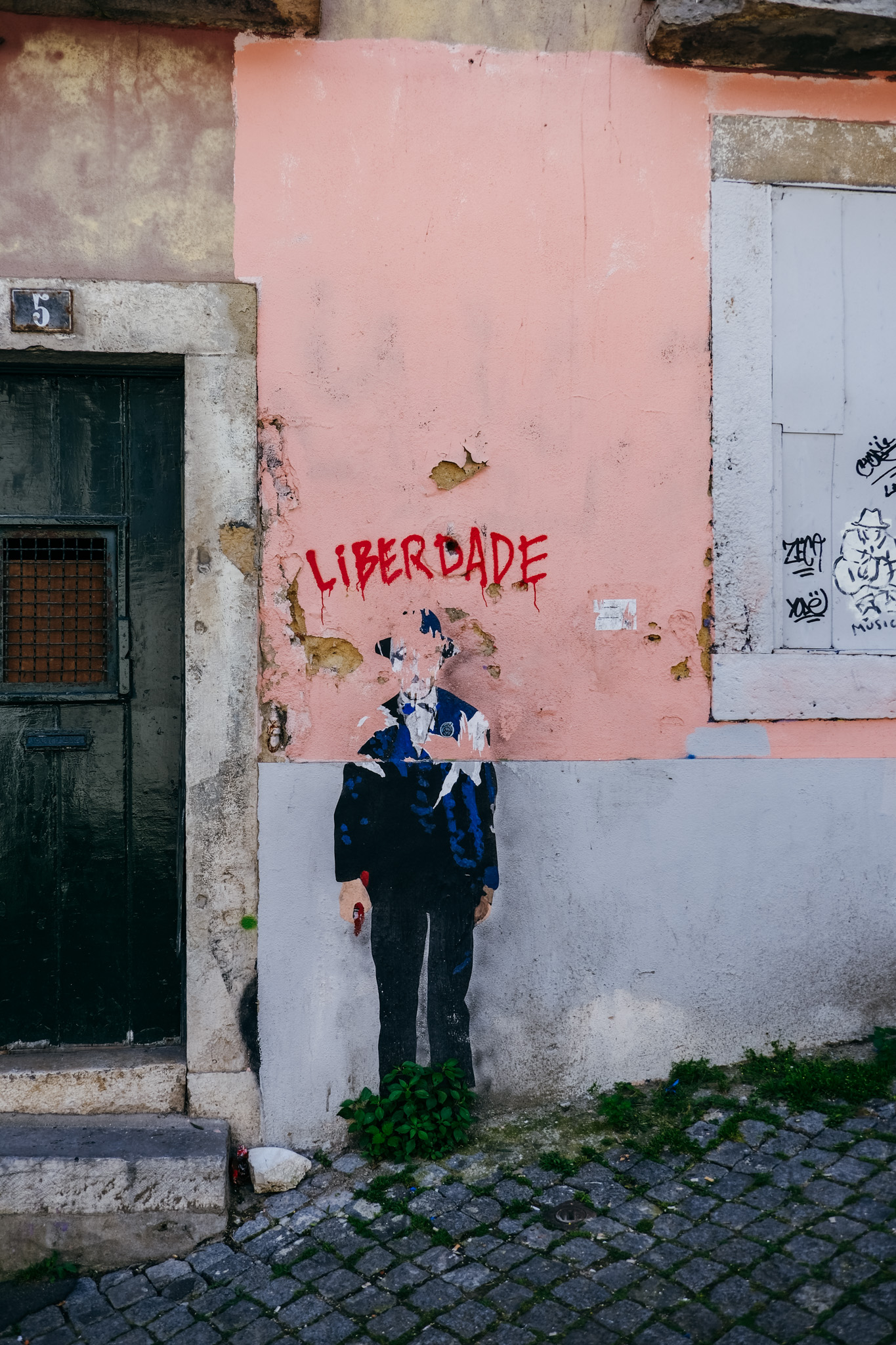
Lisbon photo diary: our favorite moments in the city
Lisbon speaks for itself— but its best moments in my opinion are in the early morning and late afternoon.
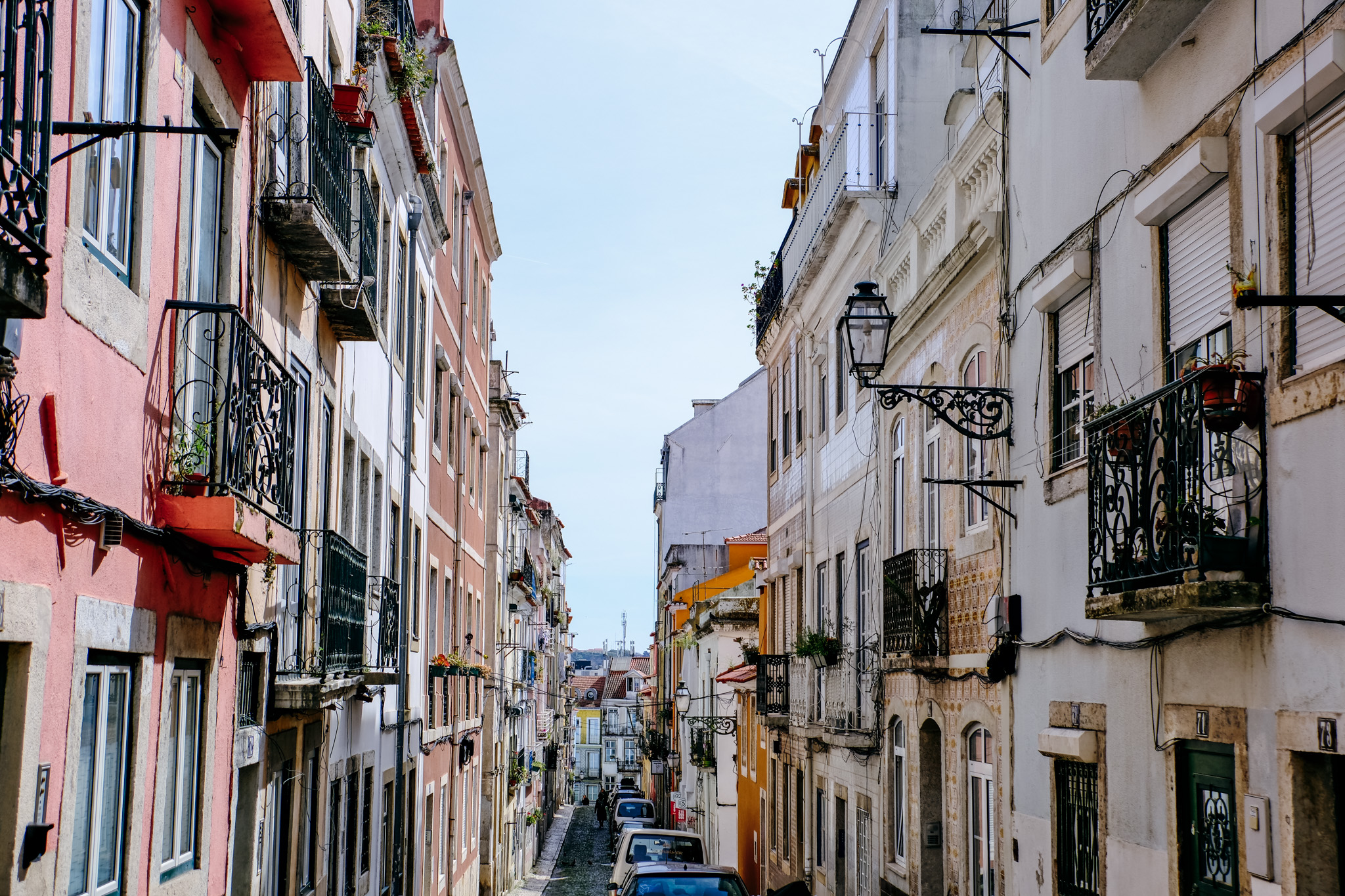
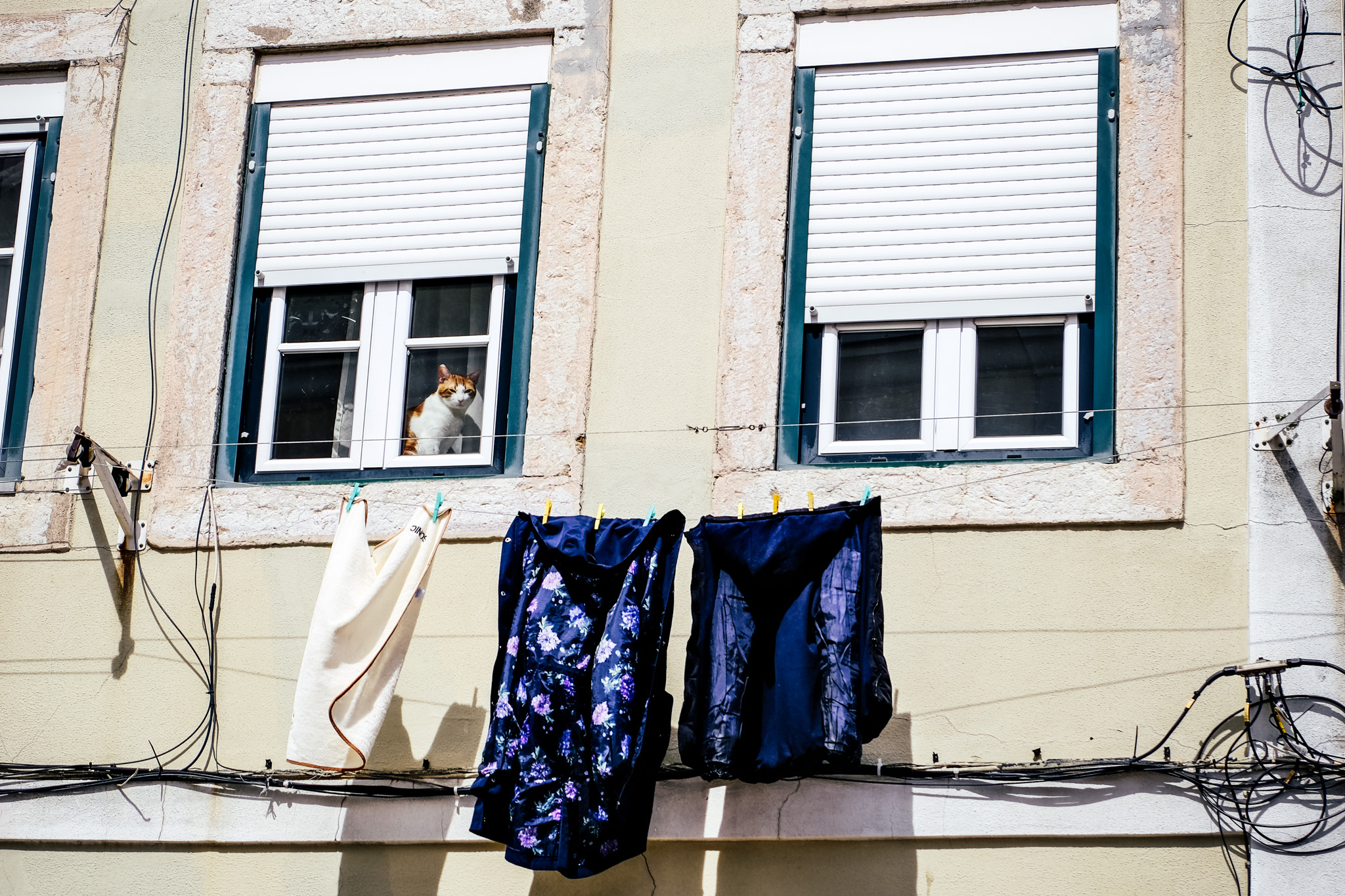

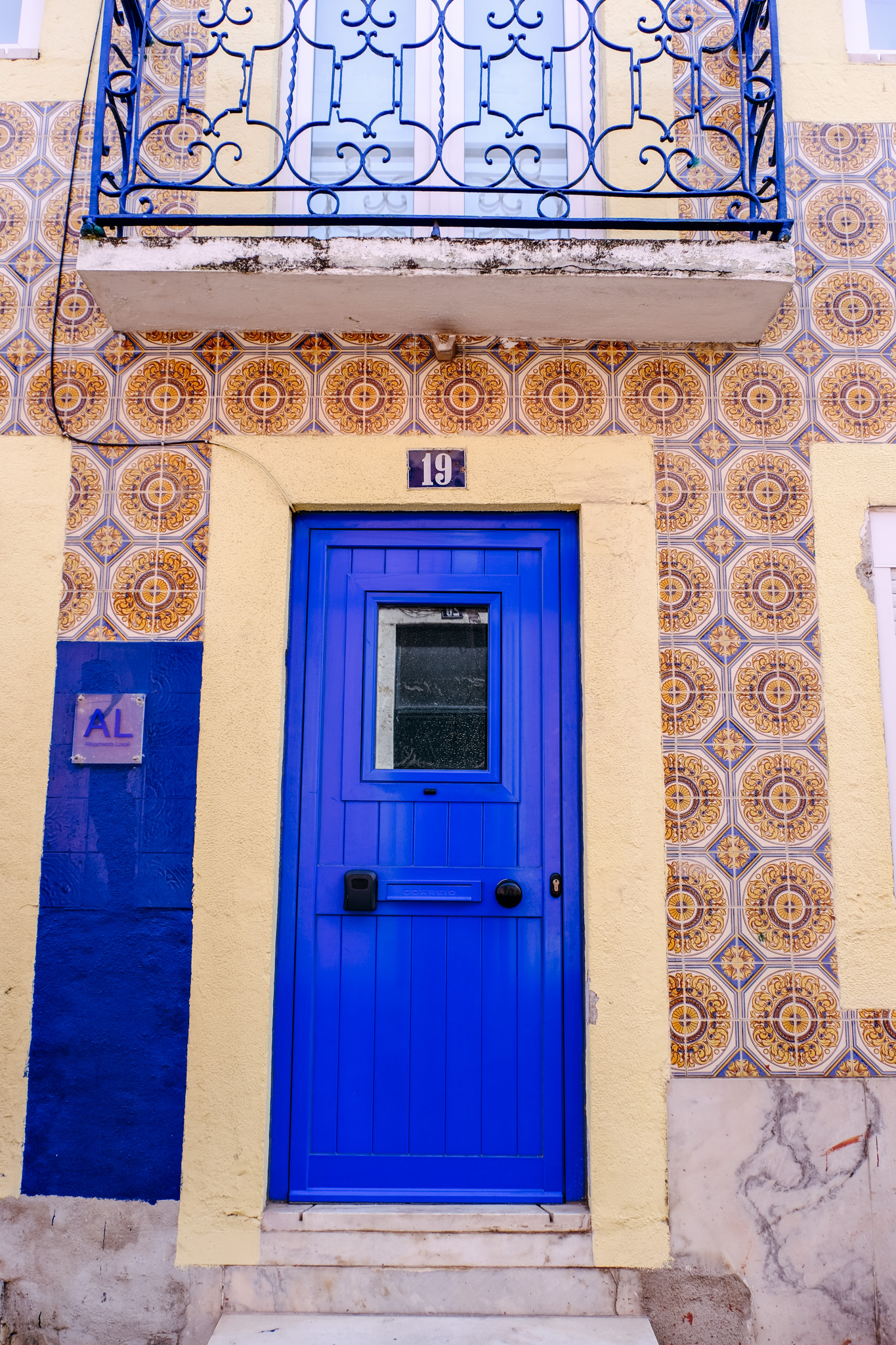

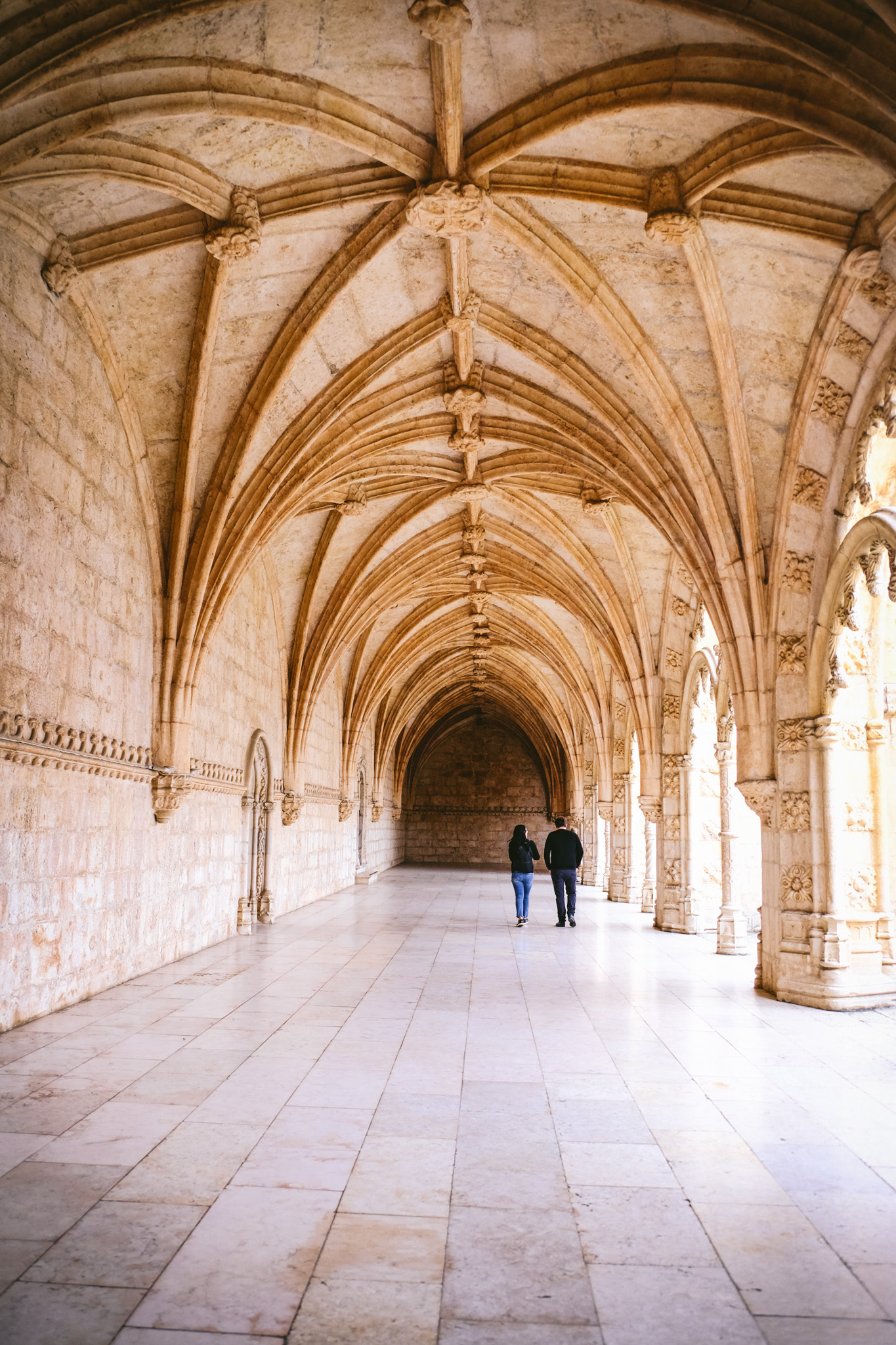
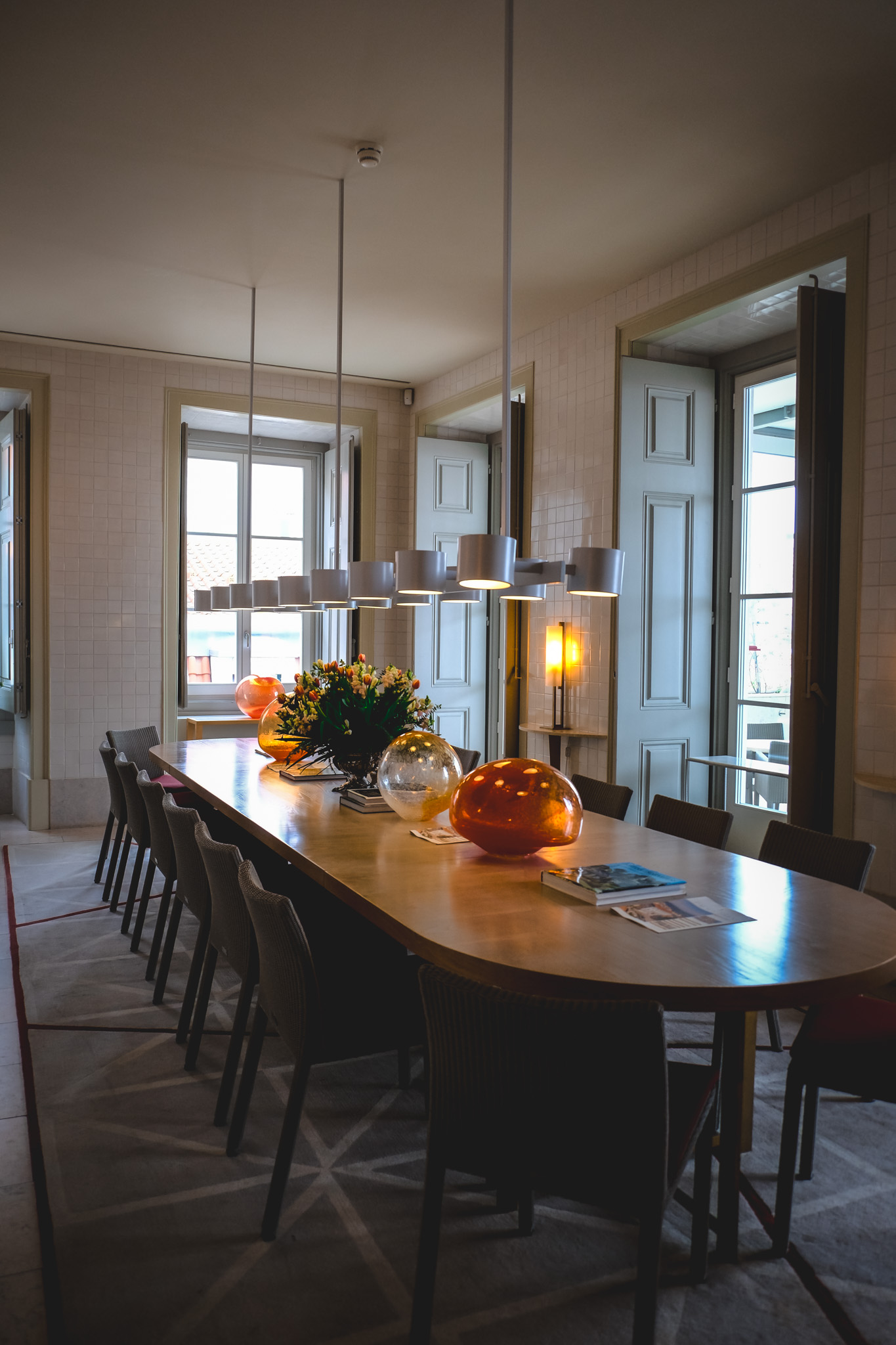

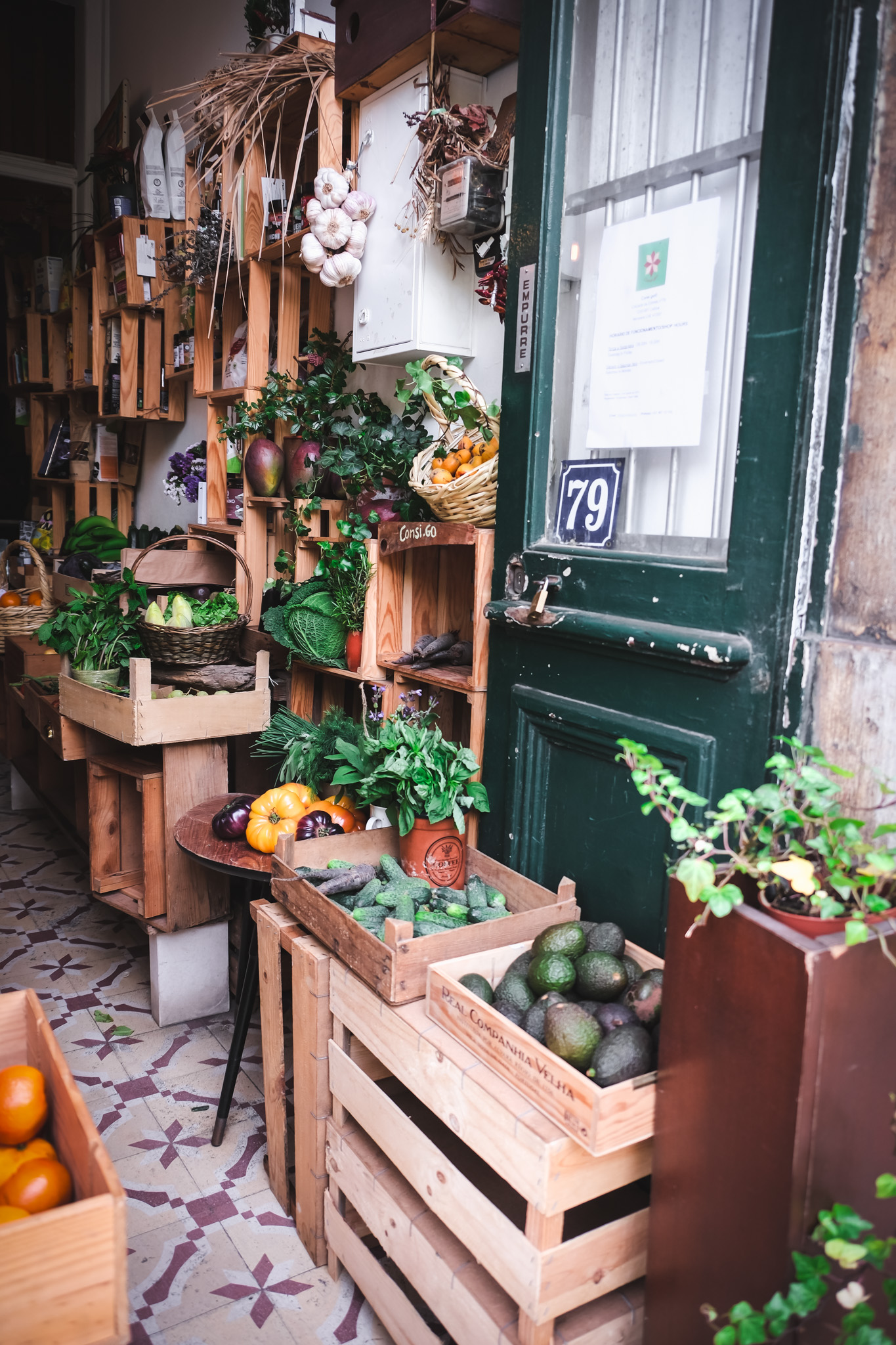

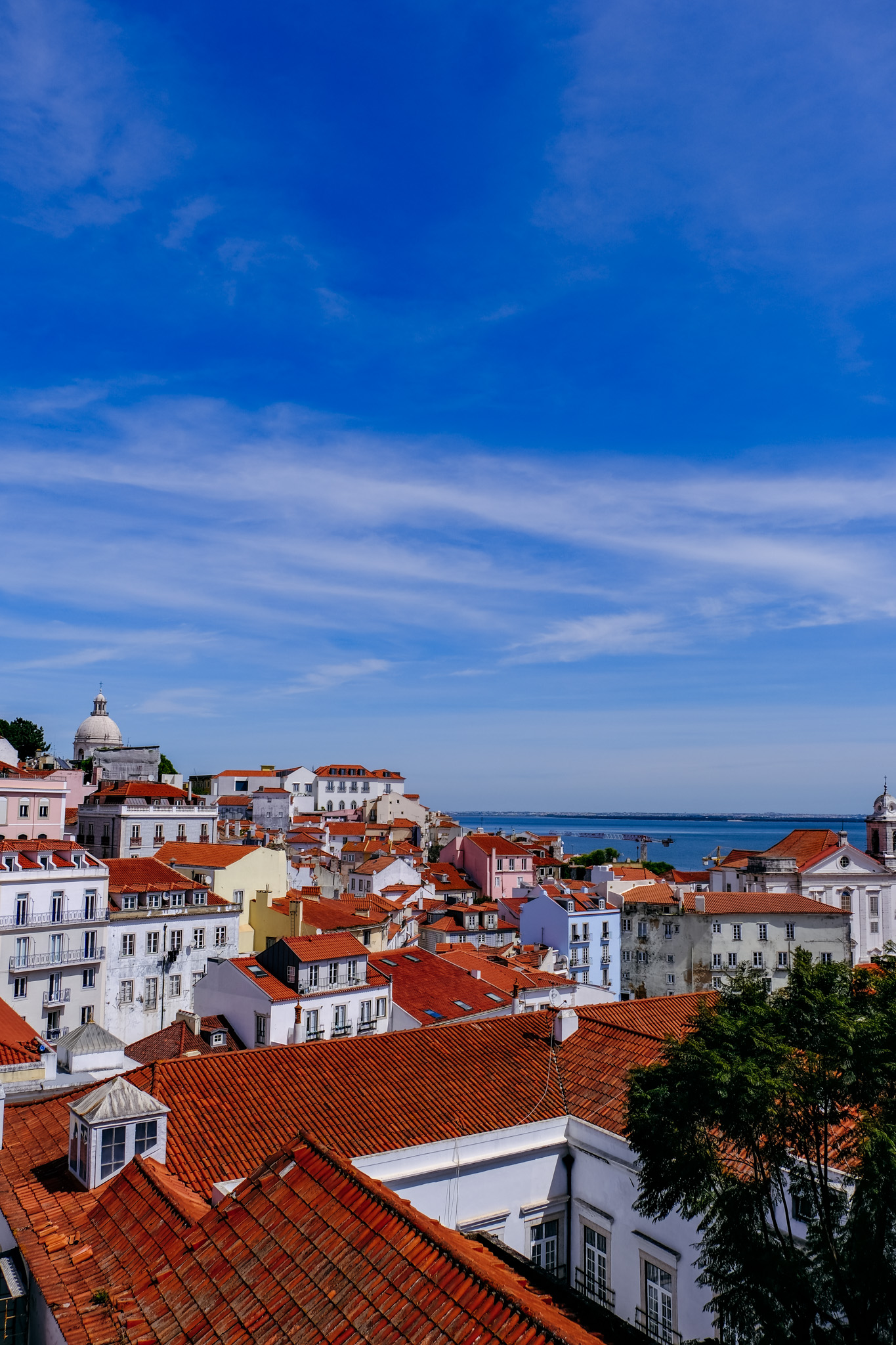
Lisbon travel tips
Is Lisbon crowded?
Well, yes, and it depends. Upon heading to some of the most densely touristic neighborhoods like Alfama and Baixa-Chiado, I felt inundated with groups of travelers roaming its streets. To be fair, Lisbon is one of the more touristy places I’ve traveled over the past year (Bangkok and Dubai notwithstanding) but Lisbon is small, its attractions even more densely packed. Yes, Lisbon has lots of tourists, even in early April. But, at least in early spring, there are plenty of corners and squares where you’ll find yourself all alone.
Where to stay in Lisbon
There are so many options. While Lisbon itself isn’t a huge city, there are a number of places to stay and all of them have pros and cons. We decided to use points and stayed at The Emerald House, which is run by the Hilton, and it was a lovely spot. While it wasn’t part of some of the more popular neighborhoods, it had its own charm in a very walkable, less touristy part of the city. Everything can be reached on foot, via car (Uber and Bolt), or public transportation.
Final thoughts: see Lisbon and more of Portugal
Our trip took us to Lisbon, a road trip to the Douro Valley, and then to Porto. In the end, a highlight for me was the Portuguese countryside by road— a part of the country that many people don’t make it to. It’s really worthwhile if you can rent a car and drive to some of the smaller towns once you’ve captured Lisbon and its unique magic. It’s just the beginning.

